Us with Mery before our departure:
It was a bit bittersweet to leave Cusco. We all really enjoyed our stay there. However, we are excited to experience new things and visit new places in the next few days.
At 7:00, we boarded the bus for an all-day ride to Puno, which is right next to Lake Titicaca. Luckily, there were several stops along the way.
Our first stop was at Andahuaylillas, a church originally built on top of an Inca temple by the Jesuits in the 17th century.
The church (unfortunately, we weren't allowed to take pictures inside):
This church is often referred to as the Sistine Chapel of America because there are amazing murals all over the walls and ceiling. During the 18th century, the Jesuits gained too much power and the Spanish drove them out of Peru. At this point, the Dominicans took over the church, covering up many of the original murals with canvas paintings. In addition, the Dominicans built an altar over the original Jesuit altar. During the 19th century, Peru gained its independence and the Jesuits returned and regained control of the church. It remains a Jesuit church to this day. Two different pulpits on opposite sides of the church further demonstrate the mix of Jesuit and Dominican influences on the church. One, built by the Jesuits, is decorated with gold and colorful murals. The other, built by the Dominicans, is wooden and elaborately carved.
Our tour guide explained several of the painting within the church. One of the important doorways is decorated with the phrase "I baptize you in the name of the Father, and of the Son, and of the Holy Spirit, Amen" in five different languages: Latin, Spanish, Quechua (the local language in the Cusco region), Aymara (spoken in the Puno region), and Pukina (a now extinct language). The many paintings helped the Indigenous population learn the new religion brought with the Spaniards. Most of the paintings were painted by Spanish-trained Andean painters, who often left hidden elements of the Andean culture in their paintings, such as Coca leaves and the Andean rose.
From there, we traveled on to our second stop at Raqchi, an Inca site. This site was unlike all of the others we have visited so far. There is a large temple there that was dedicated to the main Inca god, Wiraqocha. Unlike other Inca temples, this temple had a large center wall built with both mud (combined with straw, llama and alpaca hair, and some human hair) and large stones. On each side of this wall were eleven large columns that are believed to have held up the thatched roof. This is the only Inca site where columns were used in the construction. The large center wall included a large painting of Wiraqocha. The temple was built because many of the people the Incas conquered had trouble believing in an invisible god like Wiraqocha. Pachacutec, one of the most famous Inca kings, therefore decided to build this temple that included a visual of the god.
The temple:
The temple showing reconstructed column:
In addition to the temple, we were also able to view some of the buildings that housed the important Incas of the city. The farmers and other lower-class workers lived outside of the city. The houses of the important Incas resembled the temple of the town. Raqchi was also the site where Incas came to "pay" their taxes with food, which were stored in large circular buildings for times of drought and famine.
Circular storage buildings:
Angie B. and Amy in one of the streets:
We stopped for 45 minutes for lunch at a nice restaurant with amazing views of the mountains and countryside. The meal was buffet style and we all really enjoyed the food.
After an hour or so, we stopped again at "Abra la Raya", an artisan center with amazing views of the landscape. This stop was short and we only had about 15 minutes to explore the goods the vendors were selling.
The welcome sign:
The alpaca yarn sold there:
The amazing view of the Andes Mountains:
Angie C., Beth, and Amy:
We then drove on to Pucara, known for its ceramics. The Pucara civilization was a pre-Inca civilization that had advanced pottery-making skills. We were able to view the kilns used both by the Pre-Incas and the Incas. Originally, the Incas made ceramic llamas, which we were used to protect homes from harm. When the Spanish conquered Peru, they replaced the idea with using bulls, which the townspeople still make today. Also in Pucara, there is a small museum discussing the various historical cultures of the people who have lived in the area. We were able to see three Inca mummies, which were placed in the fetal position because the Incas believed in the afterlife and just as we begin as fetuses, they believed we should return to the ground as fetuses.
Some of the bulls produced at Pucara:
A reproduction of an Inca-style kiln:
Reproduction of pre-Inca kiln:
Inca mummies:
On the drive from Pucara to our next stop, our guide told us about the economy and way of life in this part of the Andean mountain range. Many years ago, the farmers leased the land from the wealthy land owners, but in the mid-twentieth century, the government returned much of the land to the farmers. Unfortunately, most of the farmers don't have titles to prove that they own the land, which has caused many problems. Our guide explained that most families in the countryside near Pucara have five or more kids, both because they lack access to birth control and because they need more kids in order to work the land. Because the kids are crucial to the success of the farms, the few schools that exist are only open for about six or seven months a year and attendance is sporadic. There are only elementary schools. In addition, many students have to walk many miles through the rough mountain terrain in bad weather in order to get to school.
From there, we headed to the city of Puno, passing through one of the larger cities in the Puno region. When we arrived in Puno, our guide from the bus explained that most of the buildings are unfinished because residents aren't required to pay taxes on the extra square footage unless it is finished, so they often halt construction until they have more money. Puno is known as the folkloric capital of Peru, and is particularly known for dance. Each year during February, they celebrate the festival of the "Virgen de la Candelaria", a festival of dance.
After disembarking from the bus, we met our tour guide for the three days we are going to be in Puno and drove to our hotel. Our guide, Percy, explained more about dance and explained what we are going to be doing in the next three days. Tomorrow, we are visiting a couple of islands on Lake Titicaca, including the one on which our host family for tomorrow night lives. It sounds like we are going to have a very packed full and fun three days in this area.
After unpacking and playing some cards, we ate dinner at the hotel restaurant. The food was delicious.
We have to get up pretty early tomorrow, so we're heading to bed early tonight.



















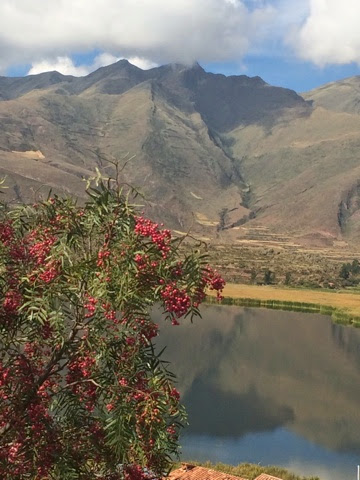













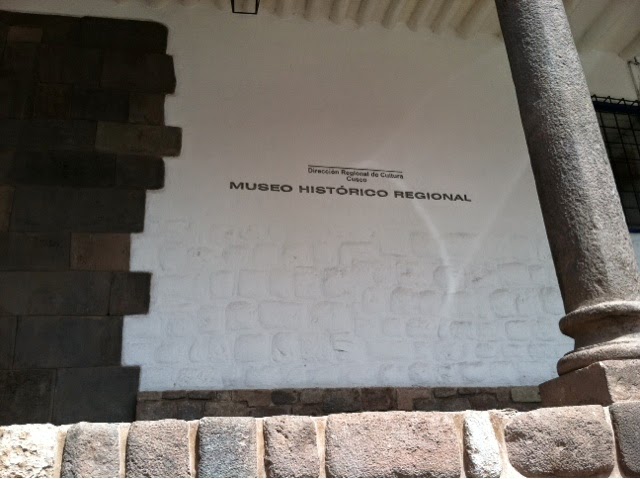
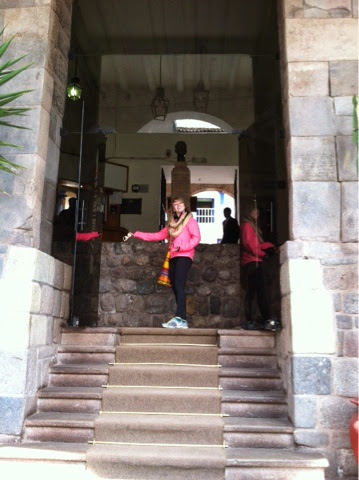
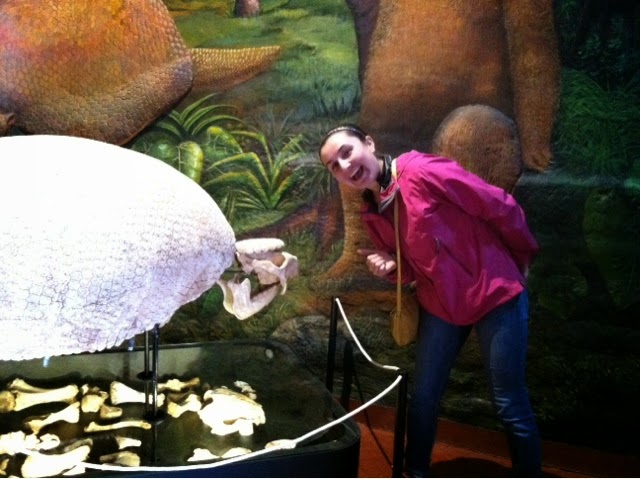
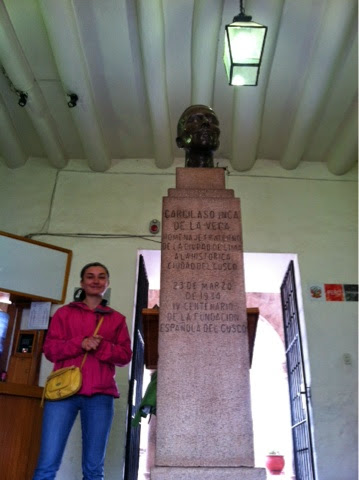
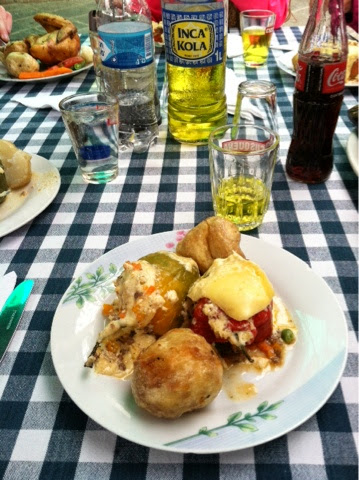













.JPG)
.JPG)




.JPG)
